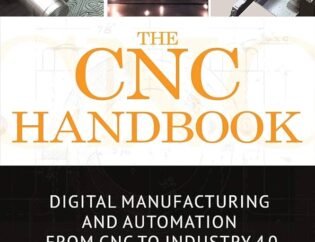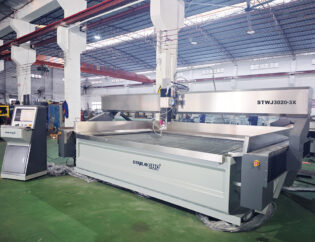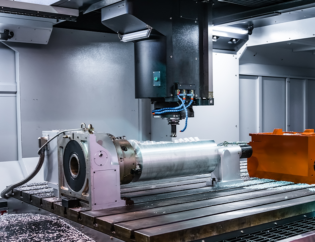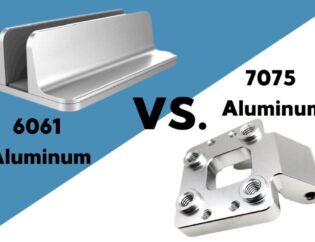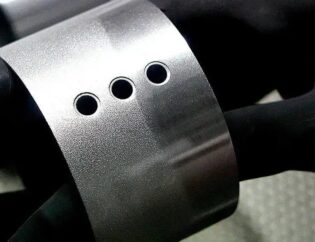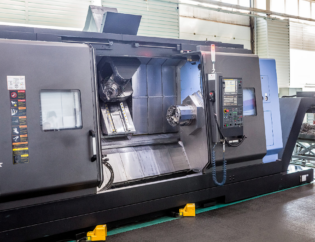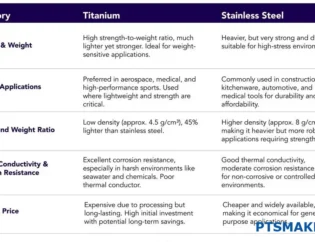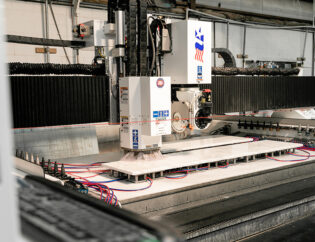In the world of CNC machining, the auto tool changer (ATC) is a game-changer that enhances efficiency and precision. This technology allows machines to switch between various tools automatically, significantly reducing downtime and increasing productivity. Understanding ATCs is essential for anyone looking to optimize their machining processes and improve overall workflow.
This guide will delve into the mechanics of auto tool changers, exploring their types, functionalities, and benefits. Readers will gain insights into how ATCs can streamline operations, reduce manual labor, and enhance the versatility of CNC machines.
Additionally, we will cover installation, maintenance, and troubleshooting tips to ensure your ATC operates at peak performance. By the end of this guide, you will be equipped with the knowledge to make informed decisions about integrating auto tool changers into your CNC operations.
A Comprehensive Guide to Automatic Tool Changers in CNC Machining
Introduction
In today’s fast-paced manufacturing environment, efficiency and precision are paramount. One of the innovations that have significantly transformed the CNC machining process is the Automatic Tool Changer (ATC). This versatile device not only saves time and labor but also enhances precision and safety across various manufacturing operations. In this guide, we will explore the technical features, types, and benefits of automatic tool changers, providing insights into how they can revolutionize your CNC operations.
Technical Features of Automatic Tool Changers
Automatic tool changers are designed to improve the productivity of CNC machines by allowing for quick and efficient tool changes. Below is a comparison table highlighting the key technical features of ATCs:
| Feature | Description |
|---|---|
| Tool Change Speed | Typically ranges from 1 to 5 seconds, depending on the type of ATC. |
| Tool Capacity | Varies from 12 to over 200 tools, depending on the design and application. |
| Types of Tool Holders | Includes ER collets, HSK, and BT tool holders for various machining needs. |
| Control System | Integrated with CNC control systems for seamless operation. |
| Maintenance Requirements | Generally low, but periodic checks are necessary for optimal performance. |
| Compatibility | Designed to work with various CNC machines, including mills and routers. |
Types of Automatic Tool Changers
There are several types of automatic tool changers, each with unique characteristics and applications. The following table summarizes the main types of ATCs:
| Type | Description | Advantages | Disadvantages |
|---|---|---|---|
| Carousel (Rotary) ATC | Features a circular tool magazine that rotates to change tools. | Compact design, moderate capacity. | Longer tool change times, limited tool capacity. |
| Gripping Type ATC | Front-mounted tool magazine, often used in tapping centers. | Fast tool change, low failure rate. | Limited tool capacity. |
| Arm Type ATC | Utilizes a double-arm mechanism for simultaneous tool exchange. | Fast tool changes, versatile. | Requires more space, can entangle. |
| Chain Type ATC | Linear magazine with tools stored in a chain configuration. | High tool capacity, customizable. | Expensive, slower tool change speed. |
Carousel (Rotary) ATC
The Carousel ATC is designed with a horizontal circular tool magazine, resembling an umbrella. It typically holds 16 to 20 tools and is known for its compact design, making it suitable for small to medium CNC machines. However, it has a longer tool change time and a smaller tool capacity compared to other types.
Gripping Type ATC
The Gripping Type ATC is commonly used in CNC tapping centers. It features a front-mounted tool magazine that allows for quick tool changes, often within one second. This type is known for its low failure rate and cost-effectiveness, but it has a limited tool capacity.
Arm Type ATC
The Arm Type ATC is prevalent in vertical machining centers. It has a moderate tool capacity, typically ranging from 24 to 30 tools. The double-arm mechanism allows for simultaneous tool exchange, significantly reducing idle time. However, it requires more space and can be prone to entanglement with metal shavings.
Chain Type ATC
The Chain Type ATC is the largest and most customizable option, often used in large vertical machining centers. It can accommodate 60 to 200 tools, making it ideal for high-volume production. However, it is more expensive and has a slower tool change speed compared to other types.
Benefits of Automatic Tool Changers
Implementing an automatic tool changer in your CNC operations can yield numerous benefits:
- Increased Efficiency: ATCs allow for rapid tool changes, minimizing downtime and maximizing productivity.
- Enhanced Precision: Automated tool changes reduce the risk of human error, leading to more accurate machining.
- Cost Savings: By reducing labor costs and increasing production speed, ATCs can lead to significant savings over time.
- Improved Safety: Automation reduces the need for manual tool changes, enhancing workplace safety.
- Greater Versatility: ATCs enable machines to handle a wider variety of tasks, increasing their utility in diverse applications.
Conclusion
Automatic tool changers are a vital component of modern CNC machining, offering significant advantages in efficiency, precision, and safety. Whether you are considering a Carousel, Gripping, Arm, or Chain type ATC, understanding their features and benefits can help you make an informed decision. Companies like rapidchangeatc.com, www.lvcnc.com, www.shopsabre.com, jetcrafted.com, and www.stylecnc.com provide a range of options to suit various machining needs.
FAQs
1. What is an automatic tool changer?
An automatic tool changer (ATC) is a device that automatically changes tools on a CNC machine, allowing for quick and efficient machining without manual intervention.
2. How does an automatic tool changer work?
An ATC operates by receiving a tool change command from the CNC control system, moving to the designated tool position, and swapping tools automatically.
3. What are the different types of automatic tool changers?
The main types include Carousel (Rotary), Gripping, Arm, and Chain type ATCs, each with unique features and applications.
4. What are the benefits of using an automatic tool changer?
Benefits include increased efficiency, enhanced precision, reduced labor costs, improved safety, and greater versatility in machining tasks.
5. Where can I find automatic tool changers?
You can find a variety of automatic tool changers at companies like rapidchangeatc.com, www.lvcnc.com, www.shopsabre.com, jetcrafted.com, and www.stylecnc.com.


